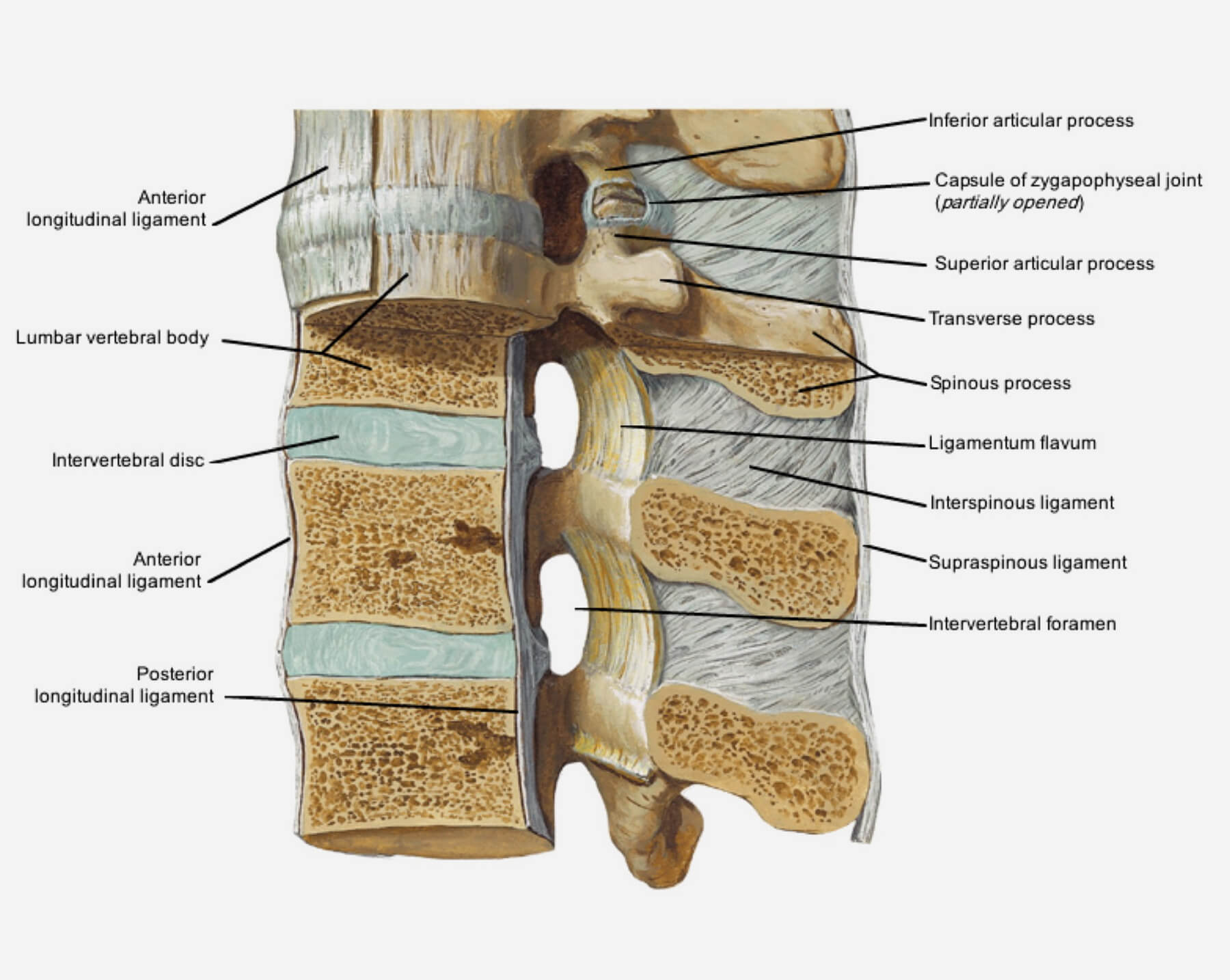

Our ServicesThoracic - ossification of posterior longitudinal ligament
The spine is a complex and delicate structure that plays a critical role in supporting our body and protecting the spinal cord. One rare but potentially debilitating condition affecting the spine is Ossification of the Posterior Longitudinal Ligament (OPLL). While it more commonly occurs in the cervical spine, thoracic involvement-though rare-can lead to serious neurological consequences if left undiagnosed or untreated.

What is OPLL?

OPLL is a condition in which the posterior longitudinal ligament, a tough band running along the back of the vertebral bodies inside the spinal canal, undergoes abnormal calcification (ossification). This can compress the spinal cord and nerves, leading to a range of symptoms from mild discomfort to severe neurological deficits.
When conservative  care needs
care needs
a specialist’s touch.
touch.
Thoracic OPLL: Why It’s Unique
Rarity: Thoracic OPLL is far less common than cervical OPLL.
Risk of Compression: The spinal canal is narrower in the thoracic region, making even small ossifications more dangerous.
Often Underdiagnosed: Because thoracic spine issues are less common, this condition is sometimes misattributed to more common ailments like lumbar disc herniation or peripheral neuropathy.
Causes and Risk FactorsWhile the exact cause is unknown, several contributing factors include:
Genetics: Higher prevalence in East Asian populations.
Metabolic disorders: Such as diabetes mellitus.
Mechanical stress: Chronic stress on the spine may play a role.
Aging: Most commonly diagnosed in people over 50.
Symptoms of Thoracic OPLLSymptoms can vary depending on the severity of spinal cord compression:
Upper or mid-back pain
Gait disturbances or stiffness in legs
Numbness, tingling, or weakness in the lower limbs
Loss of bowel or bladder control (in advanced cases)
Spasticity and coordination issues
DiagnosisTimely and accurate diagnosis is crucial. Common imaging methods include:
X-ray: May show ossification in advanced cases.
MRI: Best for evaluating spinal cord compression and soft tissue involvement.
CT Scan: Ideal for assessing the extent of ossification.
Treatment Options
Treatment depends on the severity of symptoms and spinal cord involvement:01.
Conservative Management
- Indicated in mild or asymptomatic cases
- Physical therapy, pain management, and careful monitoring
Prognosis
With early diagnosis and proper treatment, many patients experience symptom relief and improved quality of life. However, delayed treatment can result in irreversible spinal cord damage.
Conclusion
Thoracic OPLL is a rare but serious condition that should not be overlooked. Persistent back pain, gait changes, or neurological symptoms warrant immediate medical evaluation. Advances in imaging and surgical techniques have significantly improved outcomes, but awareness remains the key to early intervention.

